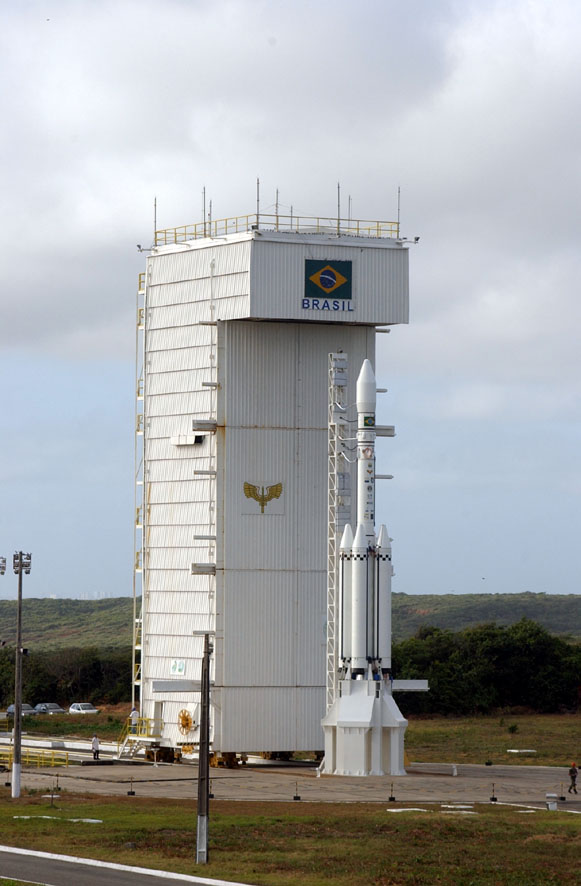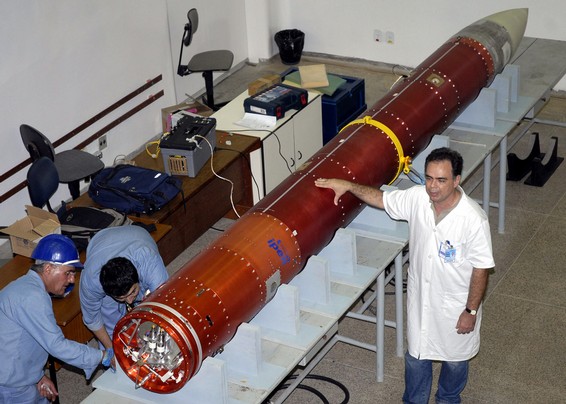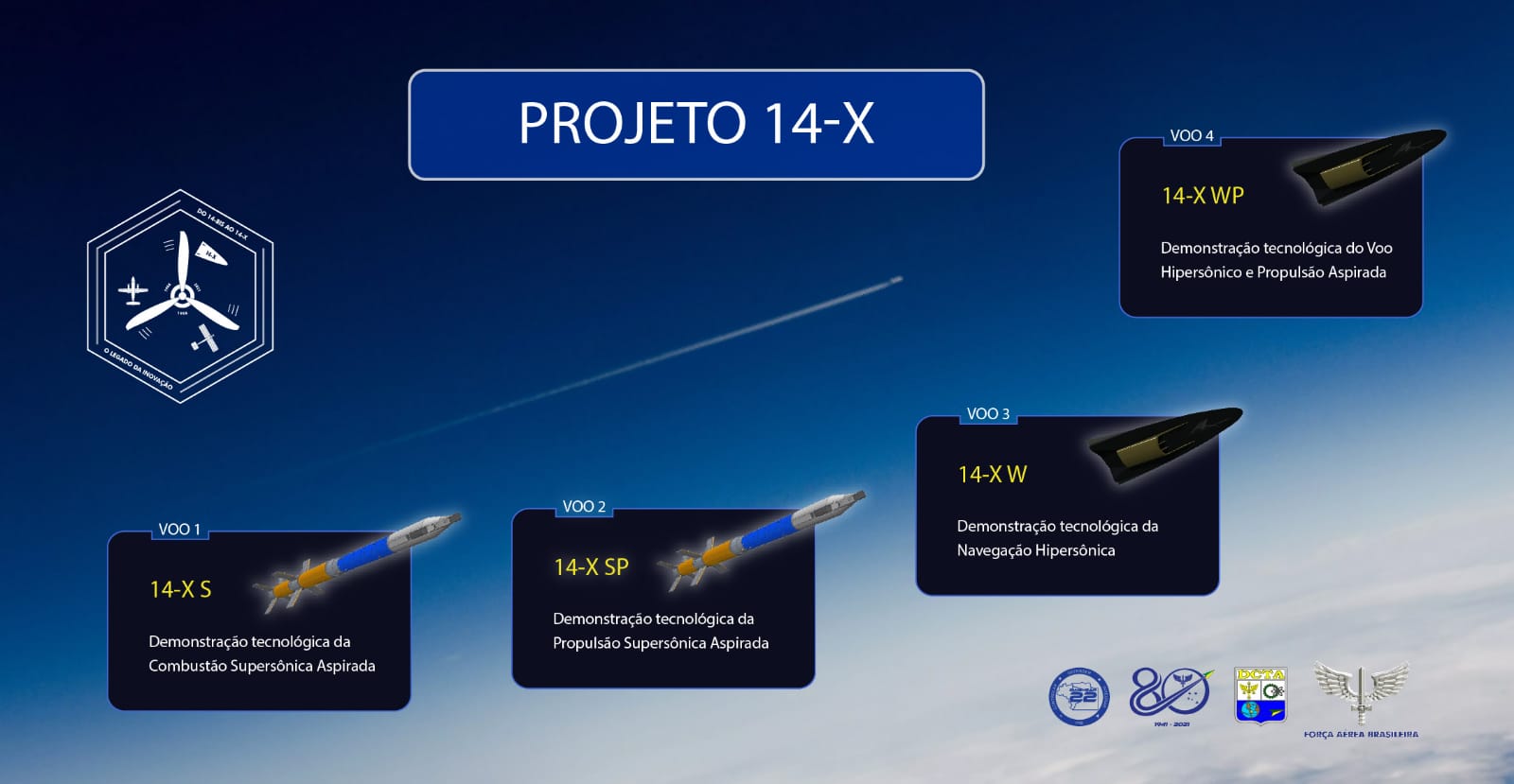|
Alcântara Space Center
The Alcântara Space Center ( pt, Centro Espacial de Alcântara, CEA), former known as ''Alcântara Launch Center'' ( pt, Centro de Lançamento de Alcântara,) is a space center and launching facility of the Brazilian Space Agency in the city of Alcântara, located on Brazil's northern Atlantic coast, in the state of Maranhão.Brazil, Ukraine to launch rocket together in 2010 (December 3, 2009) It is operated by the (). The CEA is the closest launching base to the |
Spaceport
A spaceport or cosmodrome is a site for launching or receiving spacecraft, by analogy to a seaport for ships or an airport for aircraft. The word ''spaceport'', and even more so ''cosmodrome'', has traditionally been used for sites capable of launching spacecraft into orbit around Earth or on interplanetary trajectories. However, rocket launch sites for purely sub-orbital flights are sometimes called spaceports, as in recent years new and proposed sites for suborbital human flights have been frequently referred to or named "spaceports". Space stations and proposed future bases on the Moon are sometimes called spaceports, in particular if intended as a base for further journeys. The term rocket launch site is used for any facility from which rockets are launched. It may contain one or more launch pads or suitable sites to mount a transportable launch pad. It is typically surrounded by a large safety area, often called a rocket range or missile range. The range includes the ... [...More Info...] [...Related Items...] OR: [Wikipedia] [Google] [Baidu] |
Sonda 2
Sonda is a family of Brazilian-built sounding rockets which serves as an R&D path to the VLS ( pt, Veículo Lançador de Satélites) orbital rocket. Launches started in 1965 and continue to this day. Launch sites include Wallops Island, Andoya, Kiruna, Natal, Alcântara, Cassino and SvalRak. Sonda I The Sonda I is a two stage rocket (S10-1 + S-10-2 rocket stages) with a maximum flight altitude of 65 km, a liftoff thrust of 27 kN a total mass of 100 kg, a diameter of 11 cm and a length of 4.5 metres. It was launched 9 times between 1965 and 1966. Sonda II The Sonda II is a single stage rocket (S-20 rocket stage) with a maximum flight altitude of 180 km, a Liftoff Thrust of 36.00 kN, a total mass of 400 kg, a core Diameter of 0.30 m and a total Length of 5.60 m. It was launched 7 times between 1990 and 1996. Sonda III Sonda III is a two stage rocket available in three versions, the Sonda III (S30 + S-20 rocket stages), the Sonda III M1 (S ... [...More Info...] [...Related Items...] OR: [Wikipedia] [Google] [Baidu] |
VLM (rocket)
The VLM (''Veículo Lançador de Microssatélites'') is a proposed three-stage satellite launcher being developed by the Brazilian General Command for Aerospace Technology in collaboration with Germany. The project originated in 2008 as a simplified version of the VLS-1 rocket, using only the core stages. The first launch is currently planned for no earlier than 2023. A version based on the S-50 rocket engine is being developed, with the objective of launching satellites of up to 150 kg into equatorial circular orbits at 300 km altitude. VLM-1 description The VLM-1 vehicle is designed to deliver up to payloads to a 300 km equatorial circular orbit. VLM-1 is projected to have a total mass of , including 10 tons of propellant. The first two stages will use the S-50 solid fuel engine, with the third using the same S-44 engine as in the VS-40 sounding rocket. * Stage 1: S-50 rocket engine * Stage 2: S-50 rocket engine * Stage 3: S-44 rocket engine Launches will be from the ... [...More Info...] [...Related Items...] OR: [Wikipedia] [Google] [Baidu] |
VS-50
VS-50 (suborbital rocket VS-50) is a joint development of sounding rocket from the Institute of Aeronautics and Space (IAE) and German Aerospace Center (DLR). Characteristics It is a suborbital vehicle that uses solid fuel, having two stages: the first uses the S50 engine (made of composite material) and the second uses the S44 engine. It is 12 m long, 1.46 m in diameter, and has a mass of approximately 15 tons, and can carry up to 500 kg of payload. Brazil (IAE) is responsible for developing the S50 and S44 engines, the backup navigation system, the launch and flight safety infrastructure, and project documentation management. The development and qualification of the other systems are the responsibility of Germany (DLR). Goals The rocket will be used primarily to develop, manufacture and flight qualify the S50 engine, as well as components to be used in the VLM-1 rocket. It will also be used in microgravity testing and hypersonic experiments (such as the German SHEFEX pro ... [...More Info...] [...Related Items...] OR: [Wikipedia] [Google] [Baidu] |
Low Earth Orbit
A low Earth orbit (LEO) is an orbit around Earth with a period of 128 minutes or less (making at least 11.25 orbits per day) and an eccentricity less than 0.25. Most of the artificial objects in outer space are in LEO, with an altitude never more than about one-third of the radius of Earth. The term ''LEO region'' is also used for the area of space below an altitude of (about one-third of Earth's radius). Objects in orbits that pass through this zone, even if they have an apogee further out or are sub-orbital, are carefully tracked since they present a collision risk to the many LEO satellites. All crewed space stations to date have been within LEO. From 1968 to 1972, the Apollo program's lunar missions sent humans beyond LEO. Since the end of the Apollo program, no human spaceflights have been beyond LEO. Defining characteristics A wide variety of sources define LEO in terms of altitude. The altitude of an object in an elliptic orbit can vary significantly along the orbit. ... [...More Info...] [...Related Items...] OR: [Wikipedia] [Google] [Baidu] |
Cosmic Girl (aircraft)
''Cosmic Girl'' is a Boeing 747-400 aircraft. A former passenger airliner operated by Virgin Atlantic, it was purchased by Virgin Galactic in 2015 to be used as the first stage launch platform (or mothership launch pad) for the air launch stage of the smallsat orbital launch vehicle, the LauncherOne. In 2017, the aircraft was transferred to the orbital launch subsidiary, Virgin Orbit, and its livery updated to ''Virgin Orbit'' livery. LauncherOne attempted its first launch on 25 May 2020; the launch was a failure. The first successful launch (second launch in total) took place on 17 January 2021. Airliner ''Cosmic Girl'' was assembled in 2001 at the Boeing Everett Factory. It was configured as a 44/32/310 B747-41R, c/n. 32745. The aircraft's first flight was on 29 September 2001, and it was delivered to Virgin Atlantic on 31 October 2001, where it was registered as G-VWOW. On 3 November 2005, the aircraft was landing at Runway 27R at Heathrow Airport when a crosswind caused it t ... [...More Info...] [...Related Items...] OR: [Wikipedia] [Google] [Baidu] |
Sub-orbital Spaceflight
A sub-orbital spaceflight is a spaceflight in which the spacecraft reaches outer space, but its trajectory intersects the atmosphere or surface of the gravitating body from which it was launched, so that it will not complete one orbital revolution (it does not become an artificial satellite) or reach escape velocity. For example, the path of an object launched from Earth that reaches the Kármán line (at ) above sea level), and then falls back to Earth, is considered a sub-orbital spaceflight. Some sub-orbital flights have been undertaken to test spacecraft and launch vehicles later intended for orbital spaceflight. Other vehicles are specifically designed only for sub-orbital flight; examples include crewed vehicles, such as the X-15 and SpaceShipOne, and uncrewed ones, such as ICBMs and sounding rockets. Flights which attain sufficient velocity to go into low Earth orbit, and then de-orbit before completing their first full orbit, are not considered sub-orbital. Examp ... [...More Info...] [...Related Items...] OR: [Wikipedia] [Google] [Baidu] |
VSB-30
VSB-30 - "''Veículo de Sondagem Booster – 30''" (Booster Sounding Vehicle) or "''Foguete Suborbital VSB-30''" is the designation of a Brazilian sounding rocket, which replaced the Skylark rocket at ''Esrange''. The VSB-30 is based on the VS-30 rocket (S-30 engine) with the addition of a booster stage (S-31 engine). Development started in 2000 in cooperation with DLR. The rocket can carry a payload of 400 kg to an altitude of 270 km. It has a liftoff thrust of 240 kN and a total mass of 2570 kg. It has a diameter of 0.57 m and a length of 12.6 m. VSB-30 was first launched on October 23, 2004, at Alcântara Launch Center. The first launch at ''Esrange'' took place on December 1, 2005. Flights * VSB-30 XV-01 - "Cajuana test" - 2004 October 23 - Apogee: 240 km * VSB-30 V02 -" TEXUS EML-1/TEXUS 42 Microgravity mission" - 2005 December 1 - Apogee: 263 km * VSB-30 V03 -"TEXUS 43 Microgravity mission" - 2006 May 10 - Apogee: 237 km * VSB-30 V04 - ... [...More Info...] [...Related Items...] OR: [Wikipedia] [Google] [Baidu] |
14-X
The 14-X is a Brazilian scramjet engine in development by the Aerothermodynamics and Hypersonics Laboratory Henry T. Nagamatsu of the Institute of Advanced Studies (IEAv) of the Department of Aerospace Science and Technology as part of the ''PropHiper'' (Portuguese: ''Projeto de Propulsão Hipersônica 14-X''). The name is a reference to the 14-bis, of the Brazilian inventor and aviation pioneer Alberto Santos-Dumont. The Brazilian Air Force conducted the first qualification test flight of the 14-X engine on 14 December 2021 from the Alcântara Space Center. Development Brazil conducts studies in the field of aspirated hypersonics since 1990s, but an development plan was conceived only in 2007, through the ''PropHiper'' project, made official by the Air Force in 2008, when the engineer-captain of the Brazilian Air Force, Tiago Cavalcanti Rolim, started a master's degree at the Instituto Tecnológico de Aeronáutica (ITA) and was approved with a thesis on the waverider config ... [...More Info...] [...Related Items...] OR: [Wikipedia] [Google] [Baidu] |
LauncherOne
LauncherOne is a two-stage orbital launch vehicle developed and flown by Virgin Orbit that began operational flights in 2021, after being in development from 2007 to 2020. It is an air-launched rocket, designed to carry smallsat payloads of up to into Sun-synchronous orbit (SSO), following air launch from a carrier aircraft at high altitude. The rocket is carried to the upper atmosphere on a modified Boeing 747-400, named '' Cosmic Girl'', and released over the Pacific Ocean. Initial work on the program was done by Virgin Galactic, another Virgin Group subsidiary, before a separate entity — Virgin Orbit — was formed in 2017 to complete development and operate the launch service provider business as a separate entity from the passenger-carrying Virgin Galactic business. The first successful flight was on 17 January 2021, which delivered a payload of 10 CubeSats to low Earth orbit (LEO). Two additional launches also successfully made it to orbit. LauncherOne was the firs ... [...More Info...] [...Related Items...] OR: [Wikipedia] [Google] [Baidu] |
Virgin Orbit
Virgin Orbit is a company within the Virgin Group which provides launch services for small satellites. On January 17, 2021, their ''LauncherOne'' rocket successfully reached orbit for the first time, and successfully deployed 10 cubesats. The company was formed in 2017 to develop the air-launched LauncherOne rocket, launched from a modified Boeing 747 aircraft named Cosmic Girl; this tandem had previously been a project of Virgin Galactic. Based in Long Beach, California, Virgin Orbit has more than 300 employees led by president Dan Hart, a former vice president of government satellite systems at Boeing. Virgin Orbit focuses on small satellite launch, which was one of three capabilities being focused on by Virgin Galactic. These capabilities are: human spaceflight operations, small satellite launch, and advanced aerospace design, manufacturing, and test. On 30 December 2021 Virgin Orbit became a publicly traded company (symbol VORB) at the NASDAQ stock exchange. Virgin Orbit ... [...More Info...] [...Related Items...] OR: [Wikipedia] [Google] [Baidu] |
Proton Rocket
Proton (Russian: Протон) (formal designation: UR-500) is an expendable launch system used for both commercial and Russian government space launches. The first Proton rocket was launched in 1965. Modern versions of the launch system are still in use as of 2022, making it one of the most successful heavy boosters in the history of spaceflight. The components of all Protons are manufactured at the Khrunichev State Research and Production Space Center factory in Moscow and Chemical Automatics Design Bureau in Voronezh, then transported to the Baikonur Cosmodrome, where they are assembled at Site 91 to form the launch vehicle. Following payload integration, the rocket is then brought to the launch pad horizontally by rail, and raised into vertical position for launch. As with many Soviet rockets, the names of recurring payloads became associated with the launch vehicle itself. The moniker "Proton" originates from a series of similarly named scientific satellites, which were amo ... [...More Info...] [...Related Items...] OR: [Wikipedia] [Google] [Baidu] |





_(cropped).jpg)



